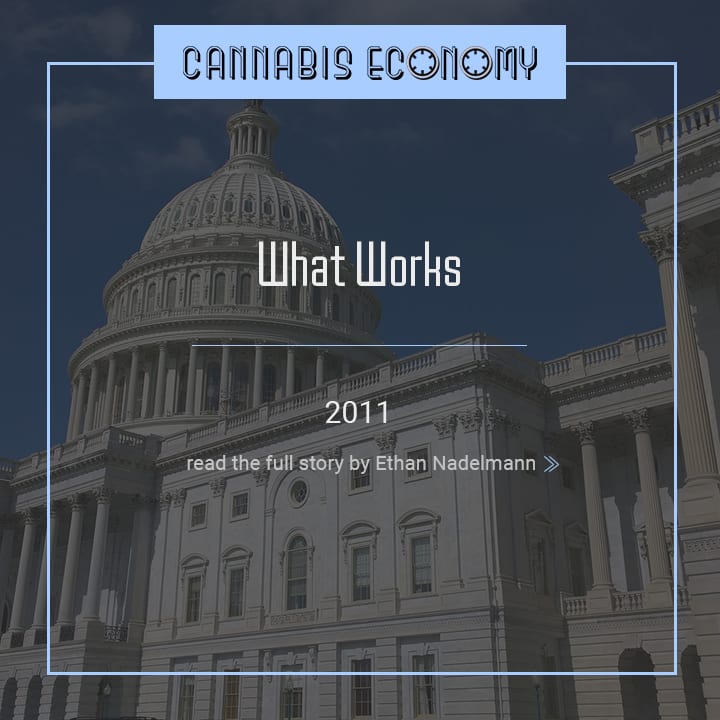
2011-2013
Ethan Nadelmann | August 7, 2019The energy put into the winding path toward legalization shifted away from California after a legislative loss in 2010. Some activists focused on Colorado. Others in Washington. I had stayed out of the previous failed efforts in 2008, but I recognized the potential 2012 held. Washington State gains momentum In March of 2001, the ACLU of Washington hired Andy Ko to work on drug policy reform. It was the first state chapter to dedicate a full-time employee to the issue. He was succeeded by Alison Holcomb in 2006, who continued to drive the movement forward. Alison was involved in the creation of Law Enforcement Assisted Diversion (LEAD). LEAD’s diversion program was groundbreaking in the way it strategically and successfully navigated sensitive issues around law enforcement and the criminal justice system. After her work with LEAD, Alison was determined to work on a marijuana legalization initiative in Washington State. Throwing a wrench in the path to legalization was Douglas Hiatt. Hiatt is a well-known and popular, charismatic advocate for the legalization of marijuana. He’s also a lawyer. He filed a lawsuit arguing that Washington State didn’t have the authority to tax marijuana as long as it remained federally illegal. Activists and allies Rick Steves, a famous travel writer and TV personality, had joined the board of National Organization for the Reform of Marijuana Laws (NORML) in the late 1990s. Steves was in support of decriminalizing marijuana and used his notoriety and position to forward the cause. These two campaigns became the focus around reform. …
Read the full Article:
Please login or register for free to keep reading. We’ll never sell or share your information…but we will send you a weekly newsletter and eventually even more unique direct insight.
